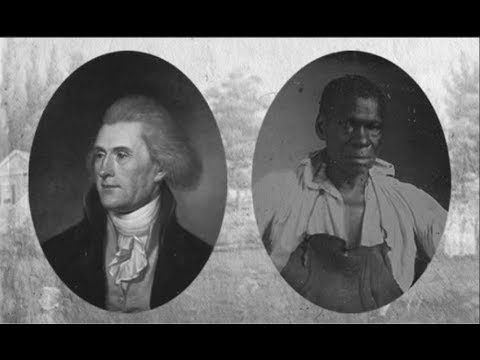Introduction
In a remarkable twist of fate, a man from South Carolina unknowingly acquired the historic plantation house where his ancestors were once enslaved. This astounding connection to his past has become a profound revelation, shining a light on the enduring legacy of slavery and the power of ancestral connections.
Rediscovering Roots
For many individuals, tracing one’s genealogy is both an enlightening and emotional journey. However, imagine inadvertently stumbling upon a tangible vestige of your family’s painful past. This extraordinary tale unfolds in the story of William Johnson, who recently acquired an old plantation house in rural South Carolina without realizing its significant historical significance.
A Serendipitous Encounter
Johnson, a 43-year-old architect, moved to Beaufort County to embark upon a new chapter in his life. Unbeknownst to him, his purchase turned out to be more than just another property transaction. Through diligent research after the acquisition, he serendipitously discovered that this picturesque antebellum house was once part of a vast slave-holding plantation where his ancestors had suffered unimaginable hardship.
Reconciliation and Reflection
This unexpected revelation triggered deep introspection for Johnson as he grappled with his newfound connection to an era defined by pain and injustice. The plantation served as a poignant reminder of the courage and resilience displayed by generations before him who endured untold suffering under abhorrent systems of oppression.
Acknowledging the Past
Rather than brushing aside this newfound knowledge or disassociating himself from its painful implications, Johnson viewed it as an opportunity for education and reconciliation. The architectural enthusiast recognized both the historical significance and architectural beauty held within these walls – an opportunity to restore dignity to the house that bore witness to personal suffering.
Preserving History
Firmly committed to honoring his inherited legacy, Johnson embarked on the restoration process with a deep sense of purpose. The plantation house’s architectural splendor, adorned with its original charm, now stands as a powerful testament to the resilience and strength of his ancestors. He intends to preserve the structures’ historical significance while transforming it into a hub of education and memorialization.
Educational Platform
Johnson envisions his newfound estate as more than just a personal endeavor; he acknowledges its potential to serve as an educational platform for future generations. Reflecting on the struggles endured by his ancestors, he aims to facilitate an open dialogue surrounding race, slavery, and its continued implications on modern-day society. His vision is to transform this extraordinary property into a beacon of education, tolerance, and understanding.
A Journey Towards Healing
The story of William Johnson serves as a reminder that acknowledging our collective history is essential for progress. By embracing heritage – both uplifting and painful – we foster empathy and understanding that transcends generations. Johnson’s journey towards self-discovery sparks broader conversations about reparations, social change, and healing the deep wounds inflicted by centuries of slavery.
Conclusion
As William Johnson strides forward in his mission to restore his ancestral plantation house and share its history with the world, we witness the enigmatic thread that ties past and present together. In celebrating his roots, he raises awareness about historical injustices while promoting unity instead of division. Ultimately, this tale teaches us all important lessons about embracing our shared history—a pivotal step towards building a more inclusive society built upon reconciliation and compassion.





